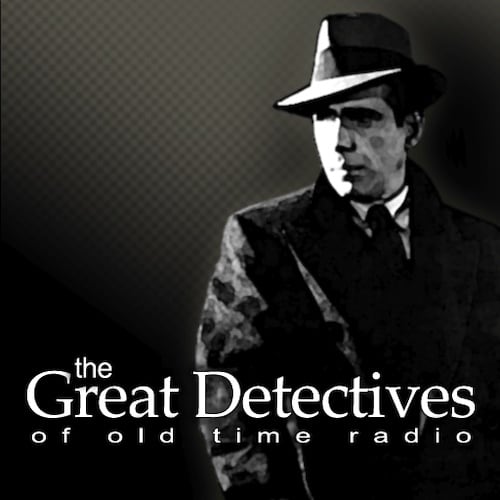This is the final film in the ninth series of Poirot, originally broadcast in 2004.
In, “The Hollow” Poirot is staying at a cottage in the country. After being invited for a return visit, Poirot finds a doctor dead and his wife holding a gun. The doctor’s secret mistress tells the wife to thrown the gun to the water which in the end doesn’t matter as it’s not the murder weapon.
Poirot seeks to untangle the truth of the very complicated relationships but runs into resistance and new suspects at every stage.
Overall, I thought this was a solid production and it rose above the typical mystery of its sort where the characters of wife and the other woman can be cardboard cutouts. The husband is really just a very selfish person in his private life with the only thing coloring that is his more noble professional efforts as a doctor. However, both the wife (played by Gerda Christo) and the mistress (played by Megan Dodds) were fully fleshed out as complex and fully developed characters. The interaction between the mistress and Poirot was particularly well done. It was also a thrill to see Edward Harwicke (Watson from the Grenada Sherlock Holmes series) in it.
I had two complaints about this. First was the ending which featured Poirot allowing the murderer to walk away and get something after their identity has been revealed based on their promise not to go anywhere and tragedy results. It really is out of character not that Christie’s original ending would have worked but they had to come up with something better. Also they added in a sex scene that while not r-rated and not even showing actual flash was just unnecessarily gratuitous and titillating which doesn’t suit this series at all.
Overall, despite these flaws, The Hollow is a great adaptation of a book that’s not usually considered one of Christie’s best.
Rating: 4.25 out of 5.0
If you enjoyed this post, you can have new posts about Detective stories and the golden age of radio and television delivered automatically to your Kindle.
This post contains affiliate links, which means that items purchased from these links may result in a commission being paid to the author of this post at no extra cost to the purchaser.
